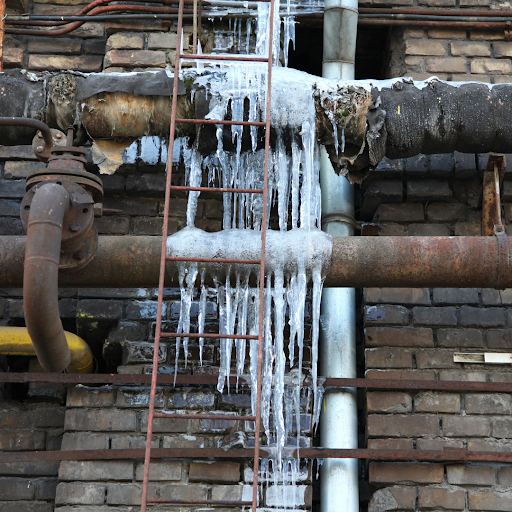We have discovered this post relating to How to Prevent Your Pipes From Freezing down the page on the web and figured it made good sense to quickly share it with you on this site.

Cold weather can damage your pipes, particularly by freezing pipes. Right here's just how to stop it from happening and what to do if it does.
Introduction
As temperature levels decline, the danger of icy pipelines increases, potentially resulting in pricey repair services and water damage. Understanding just how to prevent icy pipelines is critical for home owners in cool climates.
Avoidance Tips
Protecting susceptible pipes
Wrap pipes in insulation sleeves or utilize warm tape to protect them from freezing temperature levels. Concentrate on pipes in unheated or external locations of the home.
Home heating methods
Keep interior spaces properly heated up, especially locations with pipes. Open up cabinet doors to permit warm air to distribute around pipes under sinks.
How to recognize frozen pipes
Try to find lowered water circulation from taps, uncommon odors or noises from pipes, and noticeable frost on revealed pipelines.
Long-Term Solutions
Structural adjustments
Take into consideration rerouting pipes away from exterior wall surfaces or unheated areas. Include extra insulation to attics, basements, and crawl spaces.
Updating insulation
Purchase high-grade insulation for pipelines, attic rooms, and walls. Appropriate insulation assists keep regular temperatures and decreases the risk of icy pipelines.
Securing Outdoor Pipes
Yard hose pipes and outside faucets
Detach and drain garden hose pipes before winter months. Set up frost-proof spigots or cover outside faucets with shielded caps.
Recognizing Frozen Pipes
What triggers pipelines to ice up?
Pipelines freeze when revealed to temperature levels below 32 ° F (0 ° C) for extended periods. As water inside the pipes freezes, it increases, taxing the pipe wall surfaces and possibly triggering them to break.
Threats and damages
Frozen pipes can cause water disturbances, residential or commercial property damages, and pricey repair work. Burst pipelines can flooding homes and cause comprehensive structural damages.
Signs of Frozen Pipes
Determining frozen pipelines early can avoid them from breaking.
What to Do If Your Pipelines Freeze
Immediate activities to take
If you believe frozen pipelines, keep faucets available to eliminate stress as the ice thaws. Use a hairdryer or towels soaked in hot water to thaw pipes slowly.
Verdict
Protecting against frozen pipes needs proactive measures and quick actions. By understanding the causes, signs, and safety nets, home owners can safeguard their plumbing during cold weather.
5 Ways to Prevent Frozen Pipes
Drain Outdoor Faucets and Disconnect Hoses
First, close the shut-off valve that controls the flow of water in the pipe to your outdoor faucet. Then, head outside to disconnect and drain your hose and open the outdoor faucet to allow the water to completely drain out of the line. Turn off the faucet when done. Finally, head back to the shut-off valve and drain the remaining water inside the pipe into a bucket or container. Additionally, if you have a home irrigation system, you should consider hiring an expert to clear the system of water each year.
Insulate Pipes
One of the best and most cost-effective methods for preventing frozen water pipes is to wrap your pipes with insulation. This is especially important for areas in your home that aren’t exposed to heat, such as an attic. We suggest using foam sleeves, which can typically be found at your local hardware store.
Keep Heat Running at 65
Your pipes are located inside your walls, and the temperature there is much colder than the rest of the house. To prevent your pipes from freezing, The Insurance Information Institute suggests that you keep your home heated to at least 65 degrees, even when traveling. You may want to invest in smart devices that can keep an eye on the temperature in your home while you’re away.
Leave Water Dripping
Moving water — even a small trickle — can prevent ice from forming inside your pipes. When freezing temps are imminent, start a drip of water from all faucets that serve exposed pipes. Leaving a few faucets running will also help relieve pressure inside the pipes and help prevent a rupture if the water inside freezes.
Open Cupboard Doors
Warm your kitchen and bathroom pipes by opening cupboards and vanities. You should also leave your interior doors ajar to help warm air circulate evenly throughout your home.

I hope you enjoyed our article on Prevent Frozen Pipes . Thank you so much for taking a few minutes to browse our piece of content. Loved our piece of writing? Please quickly share it. Let another person locate it. I am grateful for your time. Revisit us soon.
See Availability